Irish landscape, culture, and rich history are embodied in their spectacular castles which remain a massive draw for American's visiting Ireland. Here are our top picks!
When you think of the Emerald Isle you think of the people, the landscape, the culture, and of course the rich history of the country.
Just some chapters of Ireland's history are perfectly embodied in the spectacular castles scattered around the country which remain one of the biggest draws for tourists around the world.
Here are some of the most famous castles in Ireland:
Blarney Castle, Co Cork
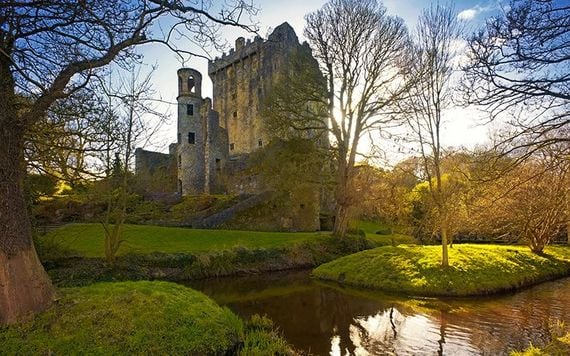
Blarney Castle, County Cork.
Located in Blarney near Cork and on the river Martin, Blarney Castle is a top destination for tourists. The castle in its most current form dates back to 1446 as built by the MacCarthy Dynasty, the Kings of Desmond. Visitors wait in long lines to kiss the “Stone of Eloquence”, better known as The Blarney Stone. It is believed that the rock was the Lia Fáil or the magical stone upon which the kings of Ireland were crowned.
Bunratty Castle, Co Clare
 11
11
Bunratty Castle, County Clare.
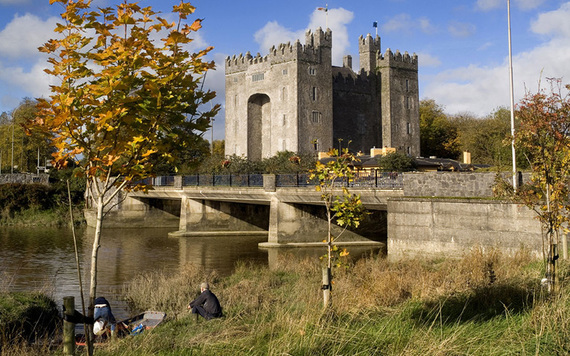
Bunratty Castle, County Clare.
In Irish Caisleán Bhun Raithe it means “Castle at the Mouth of the Ratty”. Bunratty Castle is located in the center of Bunratty Village between Ennis and Limerick near Shannon airport. Alongside the edifice runs the Shannon estuary. The first dwellings on the site date back to the Vikings in 970 as part of a trading camp. The castle was finished by the McNamara family in 1425. It wound up in the hands of the O’Briens 50 years later. The castle is now famous for its medieval banquets, at which the “Bunratty Castle Entertainers” perform.
Dublin Castle, Co Dublin
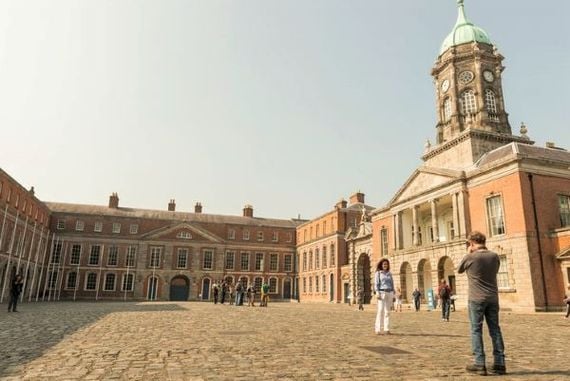
Dublin Castle, County Dublin.
This historic and important castle is situated on Dame Street in Dublin. Dublin Castle (Irish: Caisleán Bhaile Átha Cliath) dates back to King John, the first Lord of Ireland in 1204. It served as the seat of British rule in the Emerald Isle until the establishment of the Free State in 1922. The complex was then handed over to the Irish provisional government led by Michael Collins. In 1939 the inauguration of the first president of Ireland, Doug Hyde, took place in the castle. It is now a major Irish government complex and the seat of Ireland’s European Presidency every 10 years.
Kilkenny Castle, Co Kilkenny
 11
11
Kilkenny Castle, County Kilkenny.
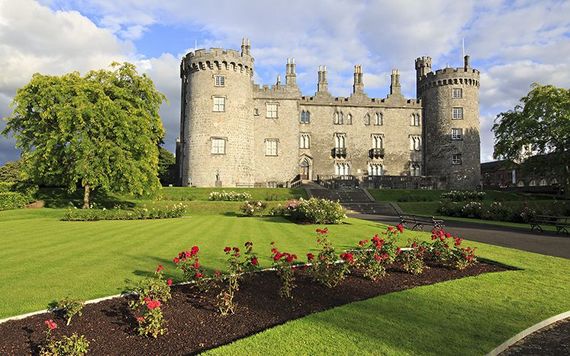
Kilkenny Castle, County Kilkenny.
Kilkenny Castle (Irish: Caisleán Chill Chainnigh) in Kilkenny was built by the first Earl of Pembroke, William Marshal, in 1195. It was constructed in Norman fashion with four large circular towers and a massive ditch. Part of the National Art Gallery is on display in the castle and gardens line its exterior. It is a privately owned by the Board of Works.
King Johns, Co Limerick
 11
11
King Johns, County Limerick.
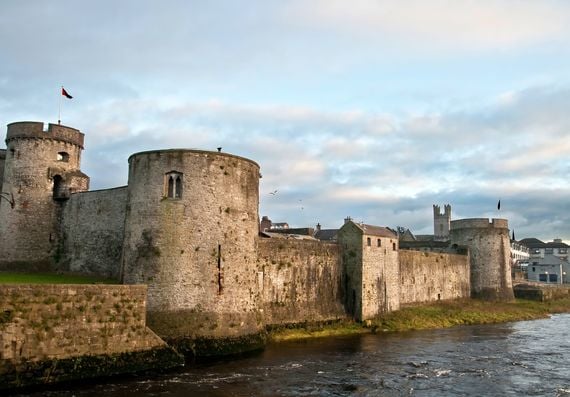
King Johns, County Limerick.
King Johns Castle can be found on King’s Island in Limerick located next to the Shannon River. A Viking settlement was first built on this location in 922. This castle was constructed in 1200 on the orders of King John, Lord of Ireland, The walls, towers, and fortifications remain today.
Lismore Castle, Co Waterford
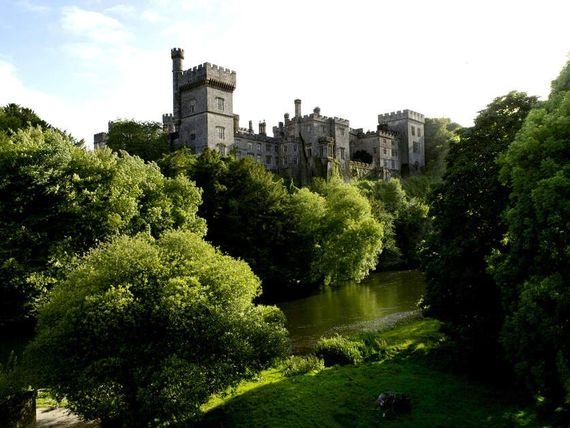
Lismore Castle, County Waterford.
Lismore Castle is located in the town of Lismore. The site was originally occupied by an abbey in the 600s. Dating back to 1185 the present Gothic look of the castle was built and designed by William Cavendish, 6th Duke of Windsor in the 19th century. The Father of Modern Chemistry, Robert Boyle, was born here in 1627. Lismore served as the residence to Fred Astaire’s sister, Adele, who lived there with Lord Charles Cavendish until her death in 1981. The castle still serves as living quarters for the 12th Duke of Cavendish and his son. It houses an art gallery known as Lismore county arts and an impressive array of contemporary sculpture.
Trim Castle, Co Meath
 11
11
Trim Castle, County Meath.
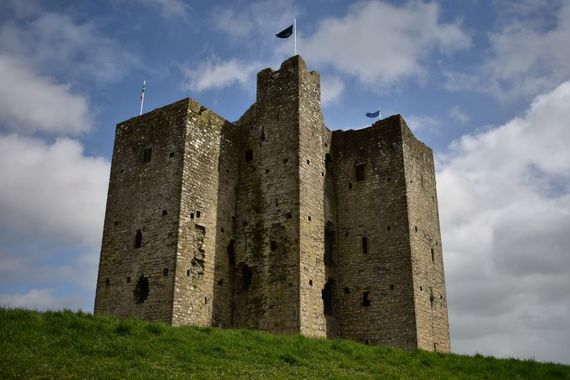
Trim Castle, County Meath.
Trim Castle (Irish: Caisleán Bhaile Atha Troim) lies in Trim on the shores of the Boyne. This impressive fortification dates back to 1176 and was once the largest castles in Ireland. It was home to Henry V of England. Over a period of 20 years, it was built and is the largest Anglo-Norman castle in Ireland. Today it is just a ruin with only the keep remaining intact.
Trim Castle was featured in the movie Braveheart.
Cahir Castle, Co Tipperary
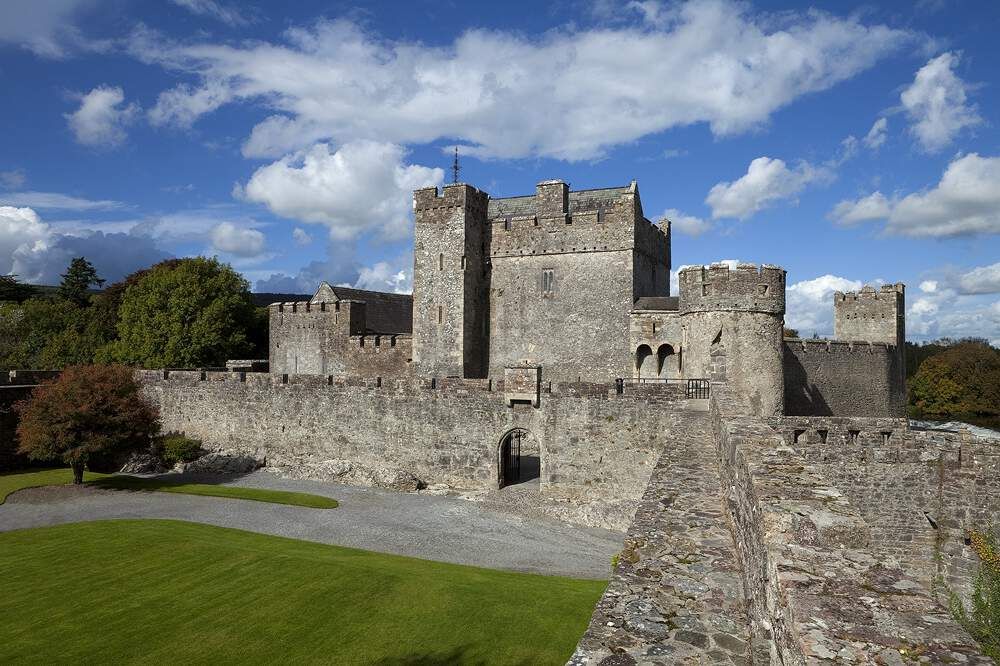
Cahir Castle, County Tipperary.
Built in 1492, Cahir Castle (Irish: Caisleán na Cathrach) is one of Ireland’s largest and best-preserved castles. It was built on an earlier native fortification named a cathair (stone fort), which gave its name to the place. The castle is located in the Cahir town center. The 1981 movie Excalibur was shot there. It is a national monument and managed by the Office of Public Works.
Carrickfergus, Co Antrim
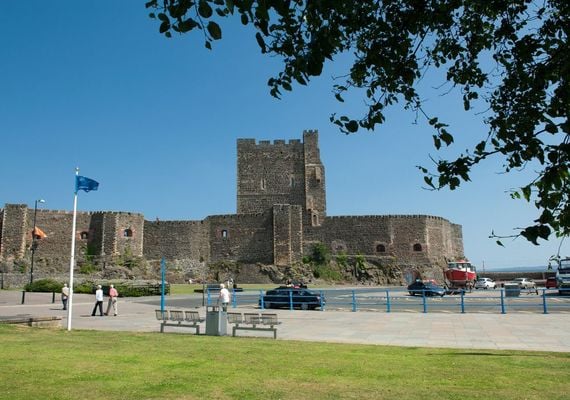
Carrickfergus, County Antrim.
The castle lies in the town of Carrickfergus on the Northern Shore of Belfast Lough. Carrickfergus, built with Norman architecture, was taken over by waves of Scots, Irish, English, and French. Being 3/4 covered by water it served as an important military stronghold until 1928. The castle is one of the best-preserved medieval structures in Ireland and a state care historical monument conserved by The Northern Ireland Environment Agency.
Donegal Castle, Co Donegal
 11
11
Donegal Castle, Donegal Town.
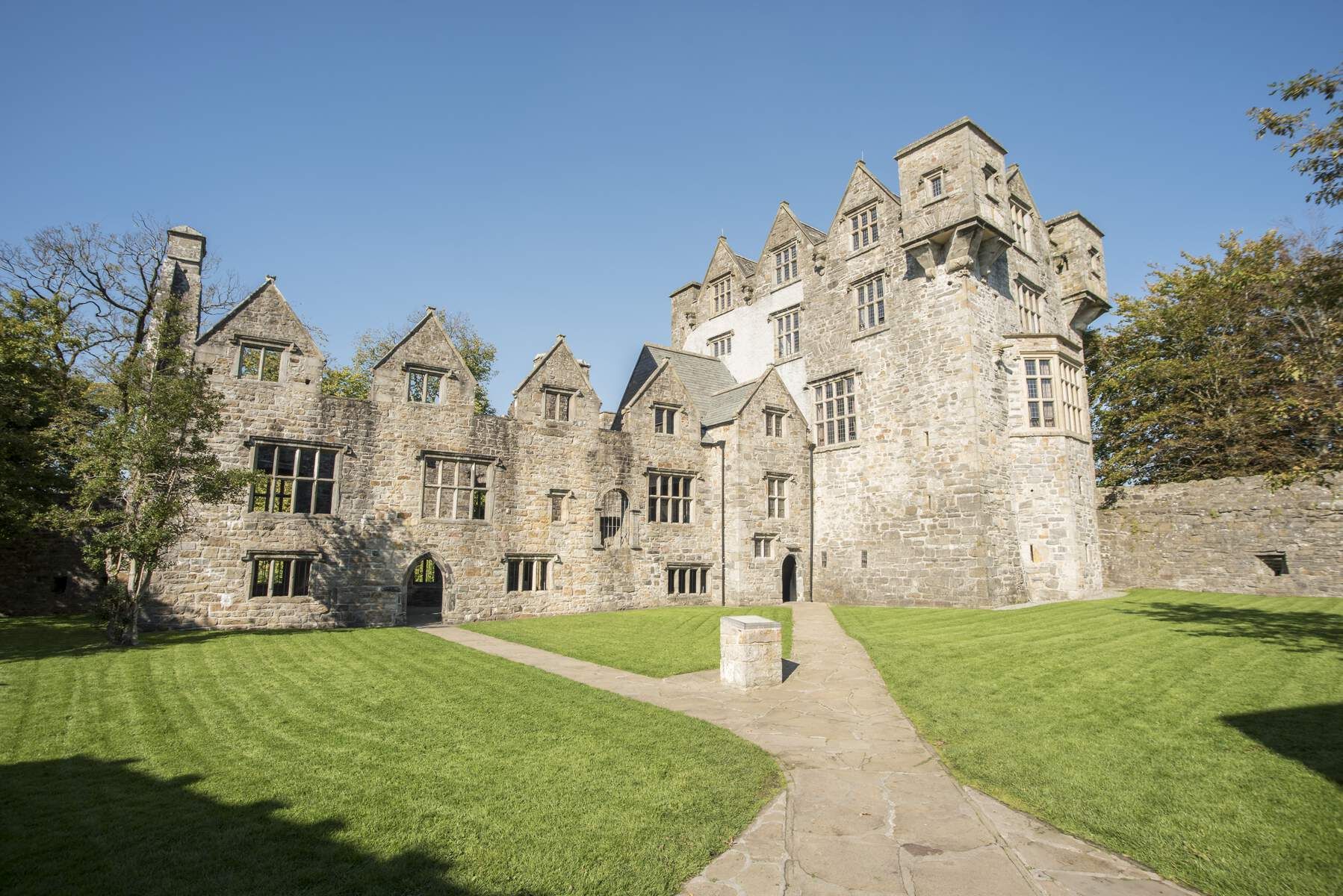
Donegal Castle, Donegal Town.
Donegal Castle is located in Donegal town on the river Esque near the mouth of Donegal Bay. Donegal (Irish:, Dún na nGall) translates as Fort of the Foreigner and may refer to a Viking fortress destroyed there in 1159. It was built in 1479 by elder Sir Hugh O’Donnell, chief of the O’Donnell clan. In 1556, Sir Henry Sidney, Lord Viceroy of Ireland, described the castle as "the largest and strongest fortress in all Ireland". The castle is open to the public and hosts special events such as Gaelic cultural evenings.
* Originally published in 2011, updated in August 2020.
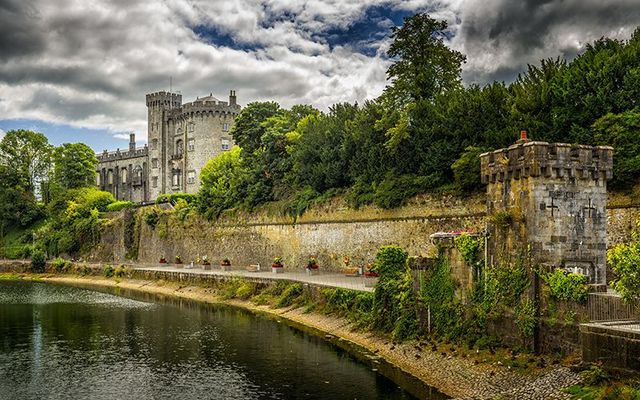

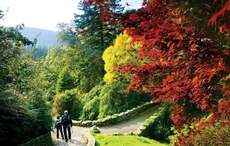
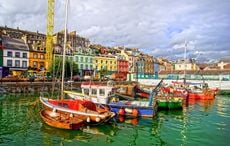
Comments